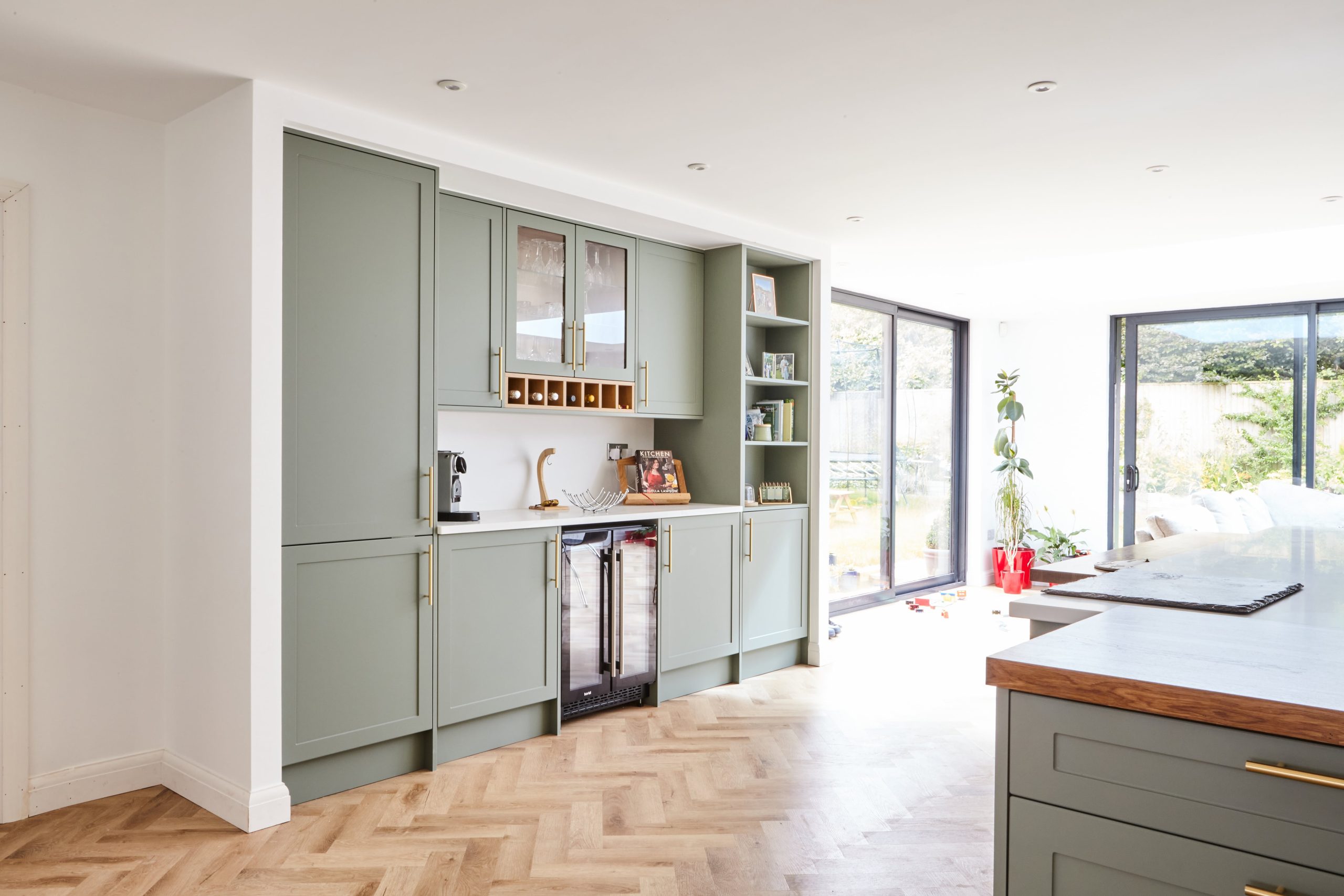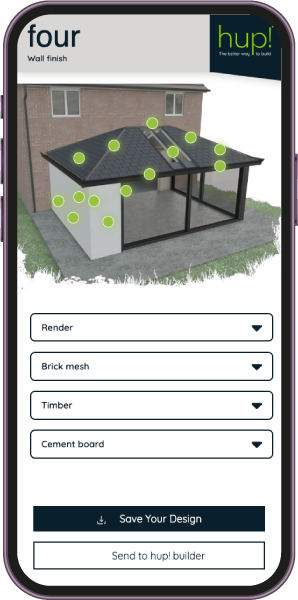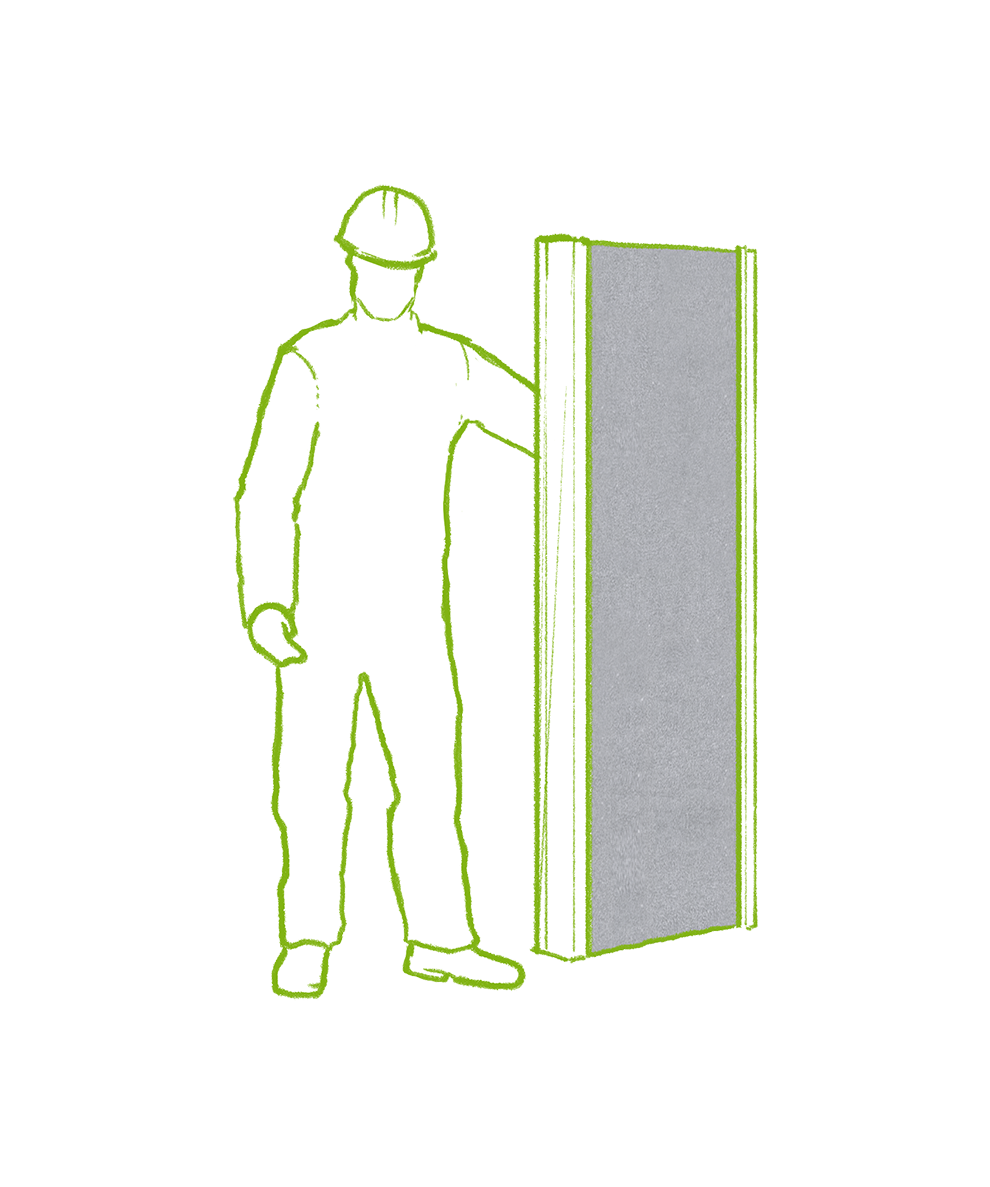Modular and prefabricated extensions have been growing increasingly popular with UK homeowners, and for good reason. These innovative systems have a huge range of benefits, including faster construction times and improved energy efficiency, so it’s no surprise that they’re all the rage.
As with all home improvement products, though, we can’t overlook the importance of the price. We all want to get good value for money, but at the same time, nobody wants to overspend. So, how much should you set aside for your budget? And what’s likely to affect the final cost?
How much do prefab and modular extensions cost UK?
Prefab and modular houses in the UK generally cost between £1,500 to £3,000 per square meter and according to extension architecture, the average cost of a prefabricated extension is between £20,000 and £50,000. This does depend on where you are in the country, what pre-built extension brand you’re using and the size and style of the extension. The below table bread down low-high range costs:
| Size | Square Meters | Low Range | High Range |
| Small | 15m² | £22,500 | £45,000 |
| Medium | 25m² | £37,500 | £75,000 |
| Large | 35m² | £52,500 | £105,000 |
It’s really hard to gauge how much your specific project will cost. The best way to get an accurate price is to get a quote from a hup! Builder, it’s completely free and there’s no obligation to go ahead with the build.
Why are prefabricated extensions cheaper?
It’s a common misconception that prefabricated extensions are ‘cheap’. The materials used when manufacturing ready made extensions like hup! are high quality and often match or exceed those of traditional extensions.
The smart technology is what makes them more affordable to build. hup! extensions are built using precision-engineered panels that are manufactured off-site and assembled quickly on-site, dramatically reducing labour costs, shortens build times, and eliminates many of the delays and overheads that come with traditional brick-and-block construction.
Factors Affecting Modular Extension Cost
First, we must bear in mind that it’s hard to put a precise figure on a new extension without knowing the specifics. Multiple factors can affect the asking price, and it’s entirely possible to get two strikingly similar extensions where the budget breakdowns are entirely different.
When looking at the price of a traditionally built home extension compared to a prefabricated or modular one, the prices may seem similar at first. But the split of your budget between labour and materials will be different. With traditional bricks and mortar construction, the build takes longer, so the labour costs will be higher. As for prefab extensions, most of the work is done in the factory, so the materials will cost a lot more, but the on site labour and mess will be less. You may also need less specialist trades on site, like joiners and bricklayers minimising delays and the number of different people on site.
The choice of materials, layout and finishes will vary the cost too. You may find that some designs are cheaper than others with pre-fabrication. Some prefab extension systems like hup! have structural support and built-in lintels, so designs with large door sets or vaulted ceilings will be cheaper than those of traditional construction, where structural calculations and specialist beams are needed.
And of course, there’s the location of the property. If you want to build an extension on a remote island off the coast of Scotland, it stands to reason that it’ll be more expensive for prefabricated or modular systems because the logistical requirements and transportation materials will be more complex.
Putting the costs aside for a minute, whether you opt for a modular or prefabricated extension, we can all agree that it’ll be more efficient than a traditional build. For reference, we have explored this in another guide, but it bears repeating that prefabricated extensions, such as hup!, are faster to build, more energy efficient, and have a better value in the long run than brick ones.
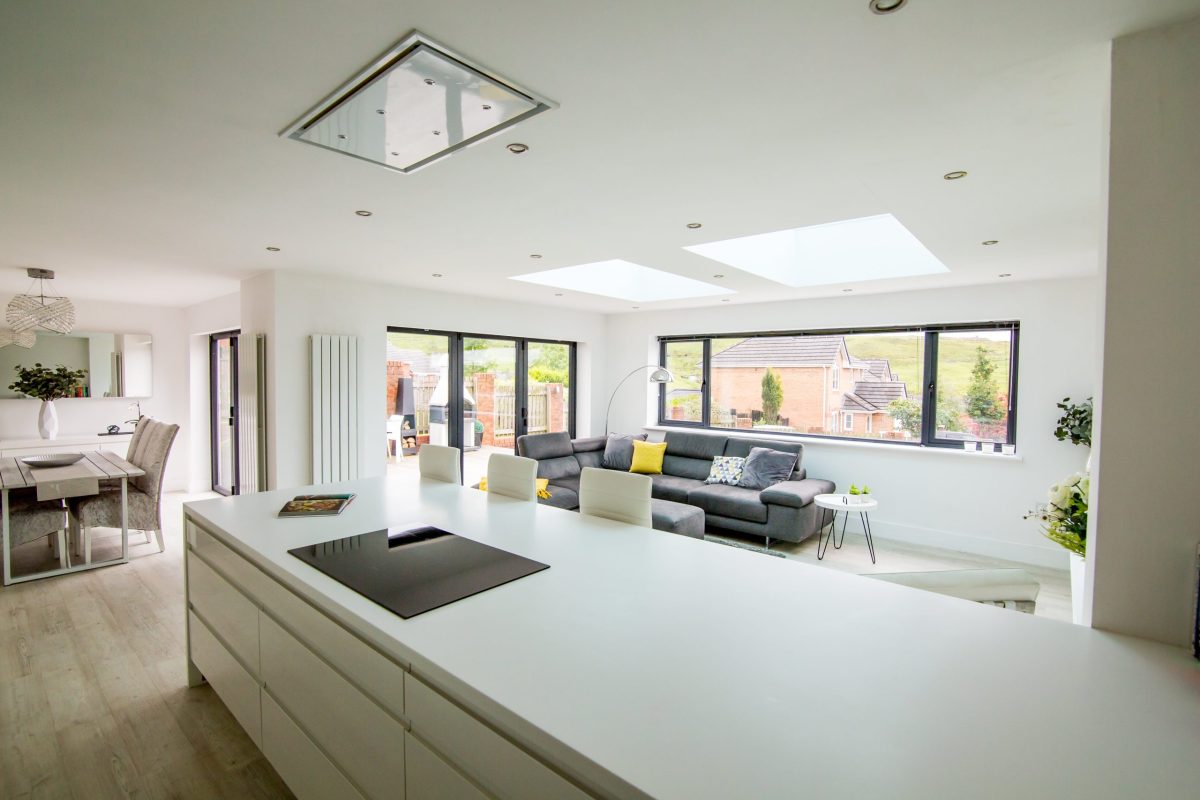
Are modular extensions a good investment?
Without a doubt, hup! modular extensions are a good investment. It is important to properly plan and execute your prefab extension to get the most out of it. Faster construction and better energy efficiency means you can save money both during the build and on energy bills for years to come.
It is important to do thorough research for all new extension projects, making sure prefab extensions are right for your home. Extension builders can help get the most out of your extension.
Hidden Costs to Watch Out For
Now, let’s get to the alarming part: the hidden costs. It’s not uncommon to find a couple of unexpected expenses creeping into a project, and they can be very irritating. Knowing about them beforehand can lessen the impact and this is easy with prefabricated and modular systems because all the decisions are taken up front. The labour time is as predictable as the material costs as there are less weather delays, etc, so you need to worry less about escalating budgets with a prefabricated or modular building system.
It is worth looking at other hidden costs, a lot of which are avoided with hup!. Let’s take a look at skip costs. With hup! You may not even need a skip, the packaging will fit into the back of a van and there is very little digging out before the build. Thanks to the lightweight nature of the system, you can reuse the existing base, and if you need new foundations, hup! can be built on ground screws which do not require any concrete or vast removal of soil.
Specialist equipment is another potential hidden cost which can be avoided in some cases with hup!. Thanks to hup!’s integrated lintels, the need for RSJs is reduced so you won’t need to factor in rental costs for specialist equipment.
Cranes, or expensive transportation solutions, can also be costly with some modular systems. The modules are large, and hoisting them into place can be expensive. With hup! there is no need to worry about this because it arrives as a flat packed kit which can be unpacked into your garden.
The good news is that with hup! the risk of hidden costs is low. We include as many of these extras as possible in the initial prefabricated extension cost and try to avoid unpleasant surprises. Even so, it’s always good to have some contingency funds set aside to protect against the unexpected. If nothing else, it’s reassuring to have additional money in reserve, which can help to make the project less stressful, and with hup! the chances of having money left to splurge on the interiors are better.
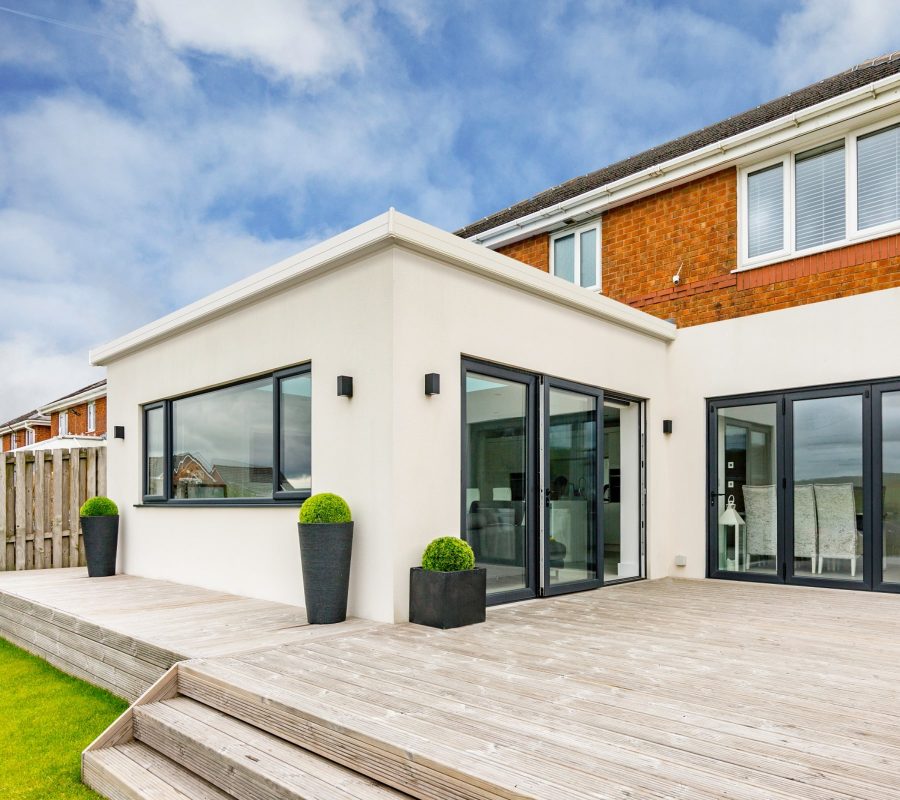
How to Budget for Your Extension
This might all sound overwhelming and that’s perfectly normal. There’s always going to be a degree of uncertainty when extending your house, but careful budgeting can do wonders. Get two or three detailed quotes and compare the cost breakdowns, hunting for hidden costs before you start. Your best bet is to consult with an independent expert if possible, but your hup! Project Manager will be able to assist with this as well.
As daunting as it might seem, it’s worth remembering that it is worth it. It’s very rewarding to watch your extension come to life, and using a prefabricated system such as hup! is one of the least stressful and most effective ways to do it. To find your local home extension builder, simply head to our online tool and let’s see what we can do for you.





